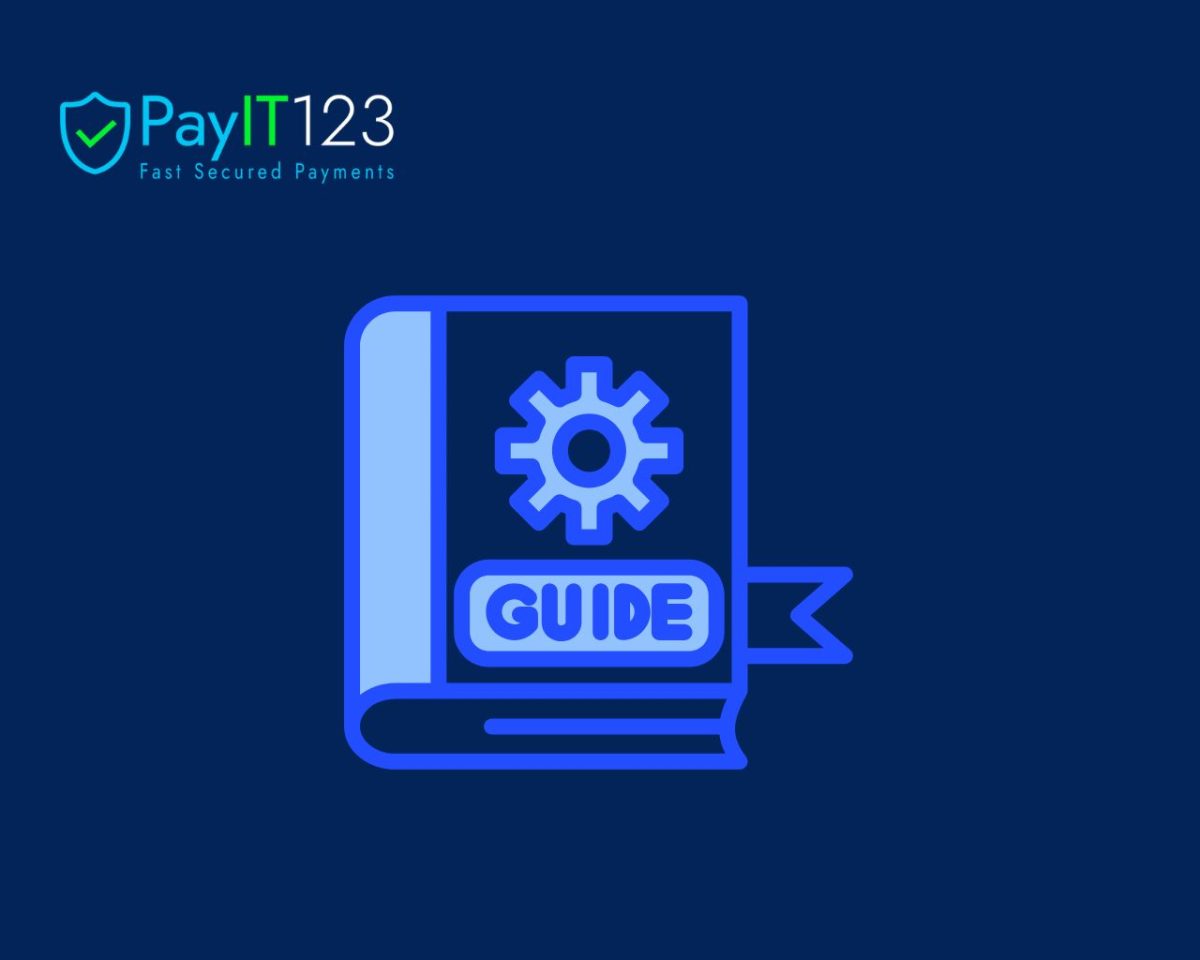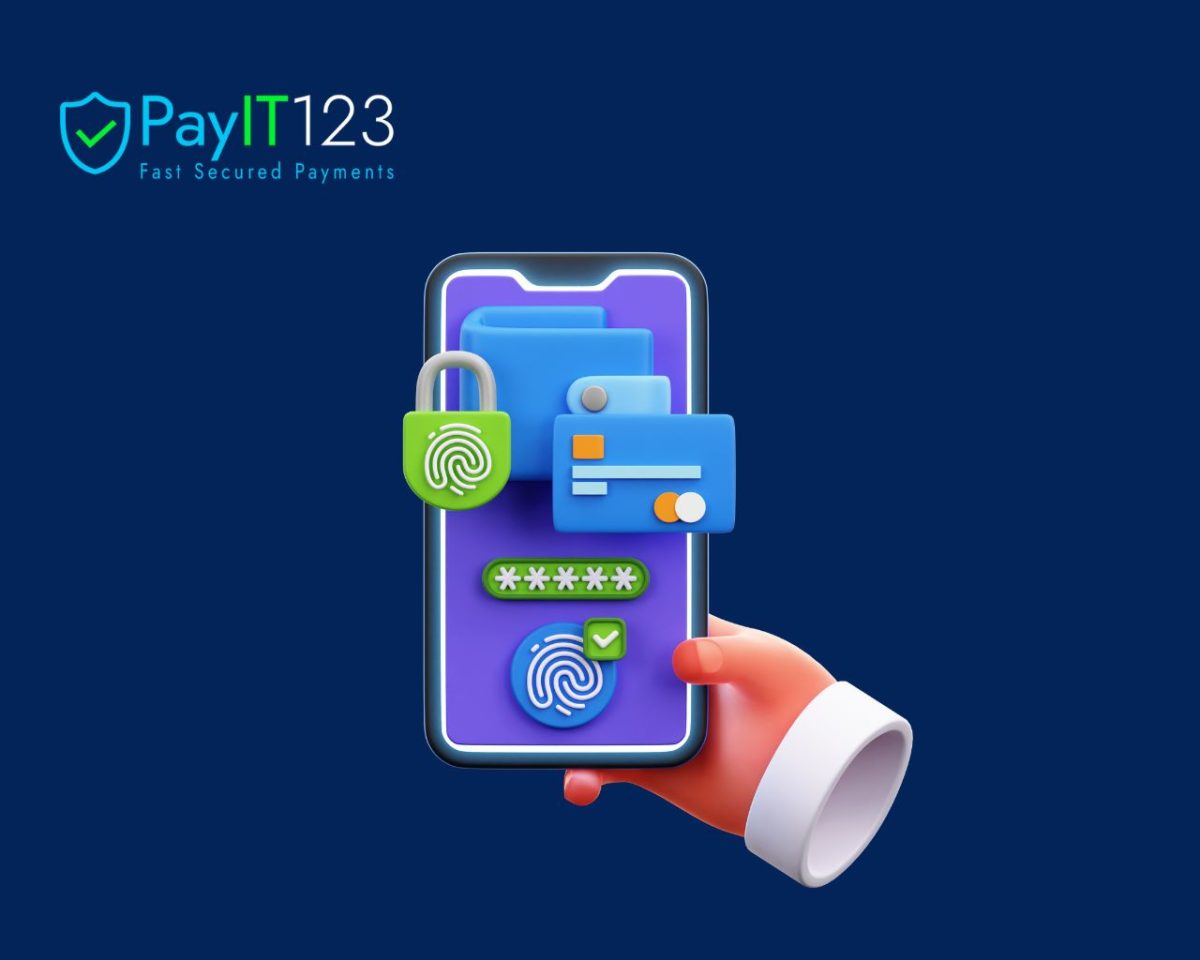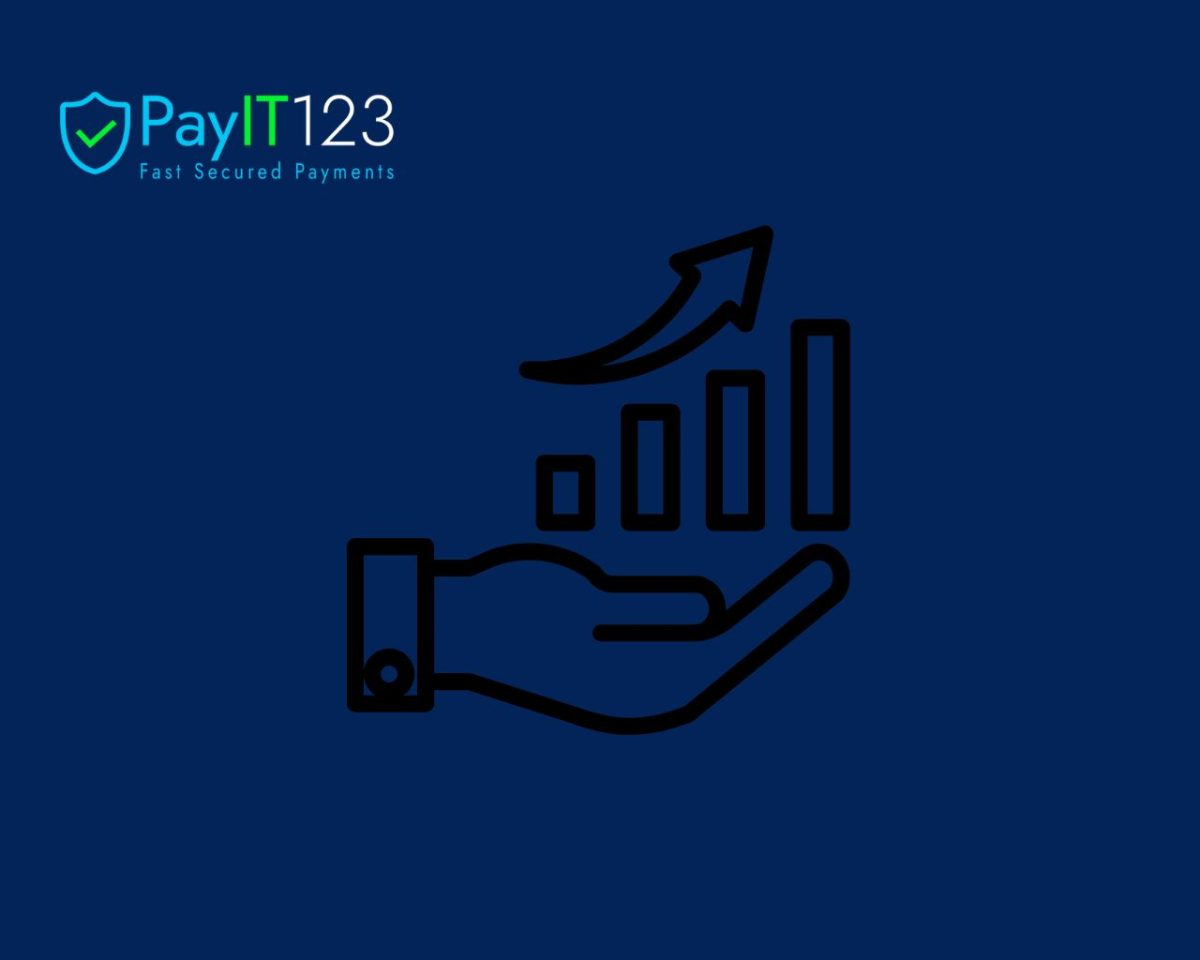Overview
In today’s rapidly evolving financial technology (fintech) landscape, seamless payment solutions are essential for providing customers with efficient and secure transactions. PayIT123 is an innovative payment gateway that simplifies online payments and enhances user experience. Integrating PayIT123 with your fintech platform can streamline payment processing, improve transaction security, and boost customer satisfaction. Here’s a step-by-step guide on successfully integrating PayIT123 into your fintech platform.
- Understand Your Integration Requirements
Before starting the integration process, thoroughly assess your fintech platform’s architecture and requirements. Identify the payment methods you want to support, such as credit cards, digital wallets, or bank transfers. Determine whether you need a direct API integration, a hosted payment page, or an SDK-based solution. Understanding these requirements helps you choose the proper integration approach with PayIT123 and ensures compatibility. - Create a PayIT123 Merchant Account
To begin the integration, sign up for a PayIT123 merchant account. This account will provide you with the credentials, such as API keys and secret tokens, to authenticate your platform with PayIT123’s services. Ensure you complete any verification processes and review the documentation provided by PayIT123, which will be your primary resource during integration. - Set Up the API Integration
PayIT123 offers a robust and well-documented API that enables you to embed payment functionalities directly into your fintech platform. Use the API to initiate transactions, process payments, and handle callbacks for payment status updates. Follow best practices such as securing API credentials, handling error responses gracefully, and validating user input to maintain transaction integrity. - Test the Integration Thoroughly
Testing is crucial to ensure your integration works flawlessly. Use PayIT123’s sandbox environment to simulate transactions without real money. Test various scenarios, including successful payments, failed transactions, refunds, and chargebacks. Comprehensive testing helps identify bugs and performance issues early, reducing the risk of disruptions in the live environment. - Go Live and Monitor
Once testing is complete and you’re confident in your integration, move to the live environment. Continuously monitor transaction performance, security alerts, and user feedback. Utilize PayIT123’s reporting tools to analyze payment trends and detect anomalies. Regular monitoring helps maintain smooth operations and allows you to respond promptly to any issues.
Summary
Integrating PayIT123 with your fintech platform can significantly enhance your payment processing capabilities. By understanding your needs, setting up a merchant account, following API integration guidelines, thoroughly testing, and monitoring performance, you can ensure a seamless and secure payment experience for your customers. Embrace the power of PayIT123 to elevate your fintech services.










